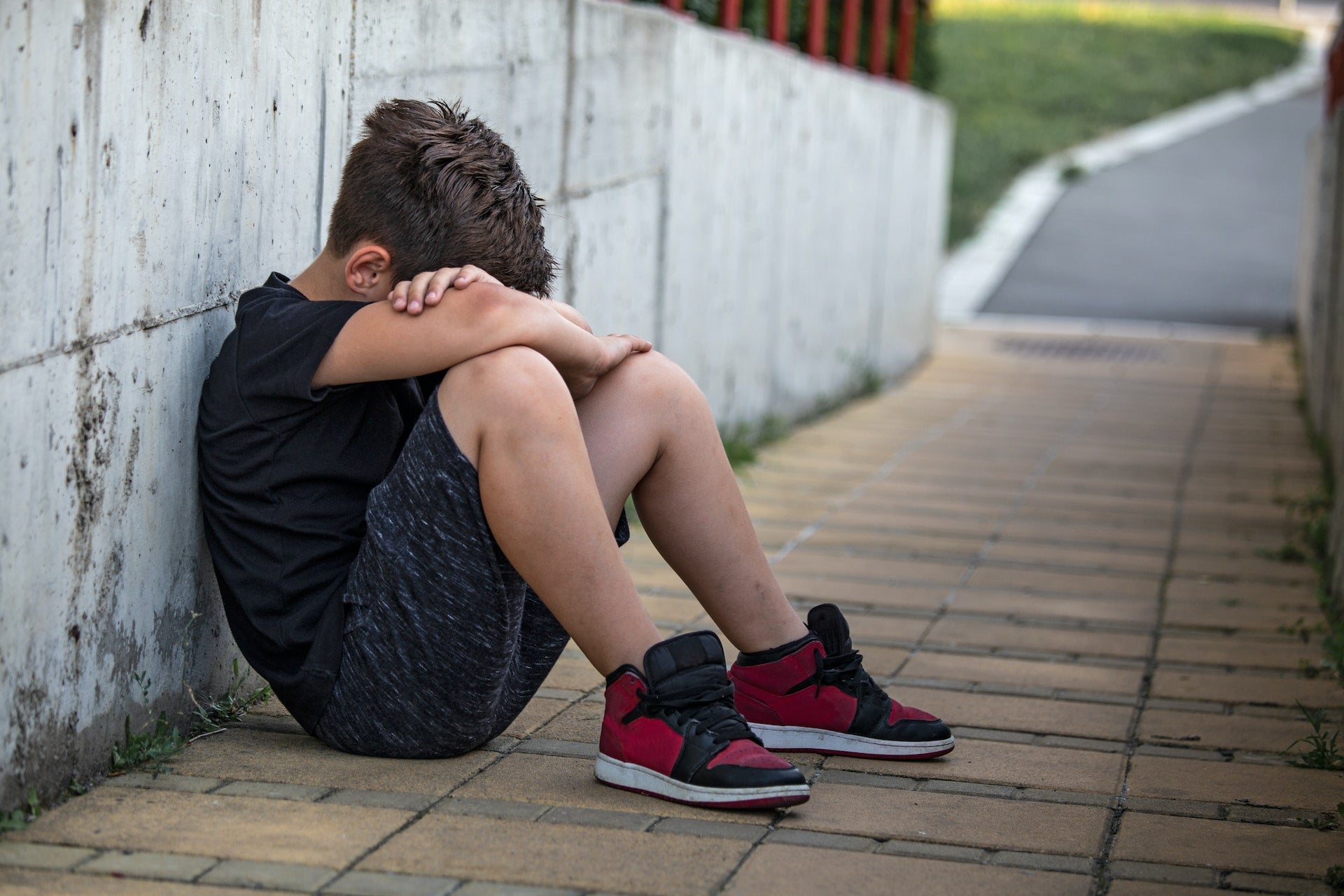For many low-income college students, a two-year degree is the first step in ending a cycle of poverty. According to a study by the Georgetown University Center on Education and the Workforce, individuals with an associate degree earn, on average, $400,000 more over their lifetime than those with only a high school diploma.
But finishing a two-year degree can be challenging. This becomes even more challenging when community college students live in poverty. Education often takes a back seat when students are just trying to get by.
Lack of housing, food, and access to essential hygiene products impact the ability to finish college.
So what can be done? And how big of a problem is hygiene poverty among community college students?
Growing Poverty Among Community College Students
For starters, the number of undergraduates at U.S. colleges living in poverty is rising. These low-income students are being forced to choose what they spend their resources on. Food and housing become the priority, while essential hygiene products are sacrificed.
This hygiene poverty leads to devastating effects on community college success rates. Data from the Pew Research Center shows more undergraduates are now in or near poverty. This rise is mainly seen in two-year institutions. According to the study, dependent students in poverty have doubled from 13% in 1996 to 27% in 2016.
In 2020, a National Center for Education Statistics study confirmed this trend is growing. It found that 32% of undergraduate students at public two-year institutions not only came from poverty, but their family incomes were below 200% of the federal poverty level.
So what does this mean for community college students? How do they fair on campus? And how likely are they to finish their degree when living in hygiene poverty?
Poor Hygiene & Performance: How Poverty Impacts a Community College Student's Success
Many college students live on a budget, eating instant noodles and pinching pennies. But things are much more dire for those struggling to make ends meet.
Community college students living in poverty face difficult choices. They often have to decide between food and housing or books and tuition. They also lack access to basic needs, like hygiene products —known as hygiene poverty.
While they may seem like small expenses, hygiene products add up over time. And many low-income students can't cover these needs on top of rent and college supplies.
The impact of hygiene poverty on community college students
For community college students, the impact of hygiene poverty is devastating. Not having hygiene products hurts their physical and mental health. It also impacts their education.
Students with poor hygiene will skip classes to avoid judgment and ridicule. And when they do attend class, they're less likely to take part if they're ashamed of their appearance. Poor hygiene habits also increase the chance of getting sick and missing class. This can lead to poor attendance and lower productivity.
Poor personal hygiene can also affect whether a student is accepted socially, and building relationships with peers and professors is paramount to the college experience.
Students experiencing hygiene poverty are also less likely to take advantage of opportunities. For example, when a student doesn't have clean clothes, they're less likely to interview. This keeps them from applying to things like apprenticeships and work-study programs.
Not having access to hygiene products is also embarrassing and stressful. These feelings can cause students to withdraw from their friends and families. This isolation can then lead to depression and anxiety.
College alone is hard. Students deserve to feel supported and confident in their academic journey. Providing hygiene products is the least we can do to help.
Barriers to Support for Hygiene Poverty
While there are some public programs to help students, they focus on food and housing. Hygiene products are often overlooked. For example, food stamps (SNAP - Supplemental Nutrition Assistance Program) help students pay for items at the grocery store, but they don't cover personal care items like shampoo and soap.
And what about food banks? Unfortunately, they don't always provide essential care items. Why? There isn't a natural donation cycle for hygiene products since they're not perishable.
So what can be done? How can college students get these essential items?
Provision Promise Helps End Hygiene Poverty at Community Colleges
Programs like Provision Promise fill in where food stamps and food banks fall short. We fundraise and accept donations for hygiene products and then buy and distribute them across community college campuses.
We start with the basics and offer items every college student needs, including soap, shampoo, deodorant, toothpaste, and toothbrushes.
Why are we doing this? Provision Promise believes that all community college students deserve to feel their best. But our dream isn't just to provide access to personal hygiene items. Instead, we want to help community college students complete their education and, in turn, build financial stability and a life they're proud of.









Leave a comment